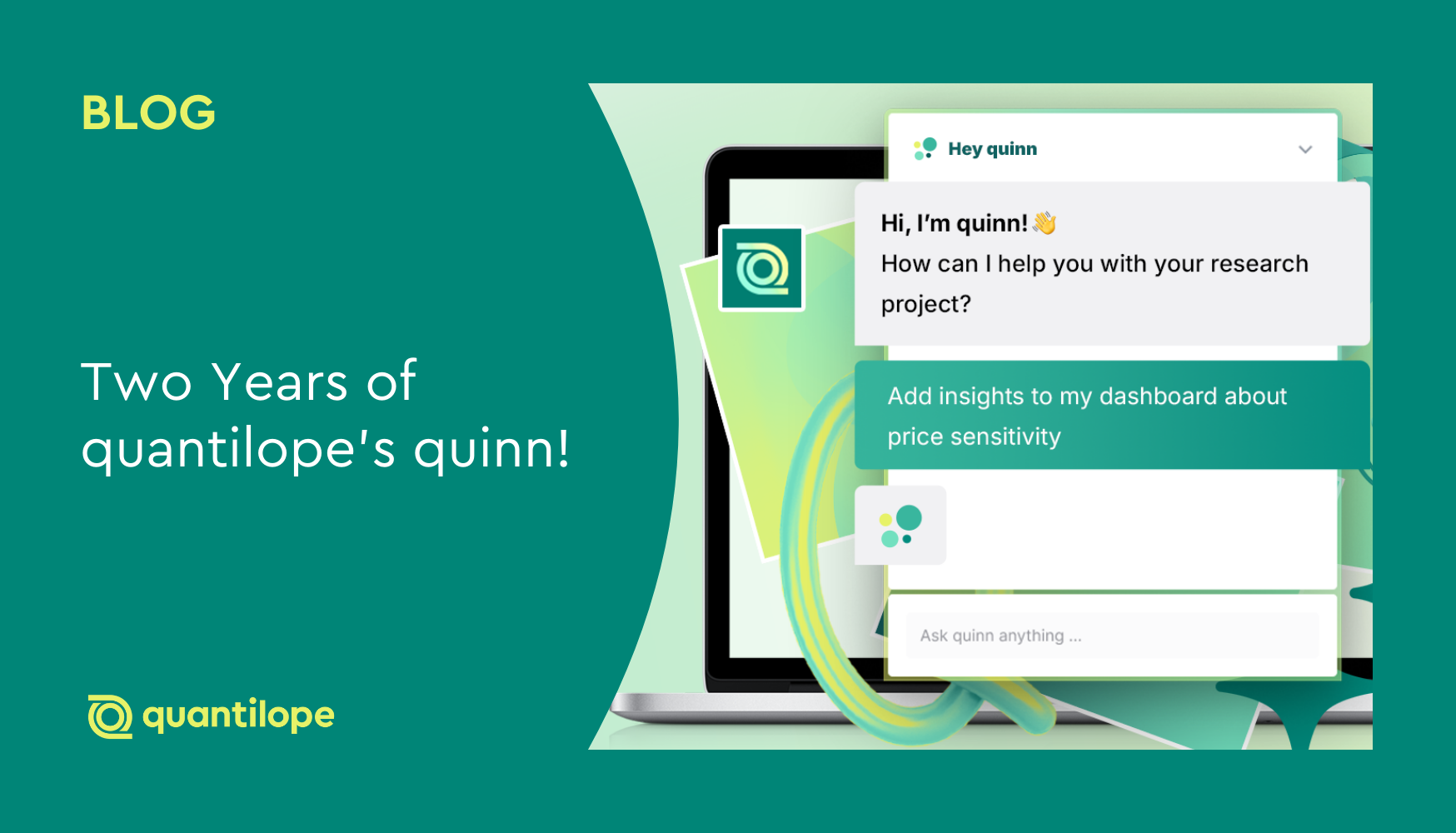If you read our last post in our BBHT series, you might be wondering what the big deal is about Category Entry Points (CEPs) and Mental Availability analysis- both based on the acclaimed work of Professor Jenni Romaniuk of the Ehrenberg-Bass Institute for Marketing Science (author of Better Brand Health and co-author of How Brands Grow).
Especially if you’ve been running a brand health tracker for years using a traditional approach, you might ask yourself what the point would be to change things up now.
CEPs and Mental Availability bring a fresh perspective to a research solution that hasn’t changed much over the past few decades (brand health tracking). While traditional ways of brand health tracking are solid and justifiable, brands are missing out on a whole new layer of insights that could generate an even greater impact within their organization. That’s because Mental Availability analysis produces four key metrics that traditional brand tracking does not: Mental Market Share, Mental Penetration, Network Size, and Share of Mind.
Below we’ll unpack each of these metrics:
|
Mental Market Share (MMS) |
How 'present' a brand is in consumers' minds; If the MMS is higher than the actual sales share, the brand might need to fix physical availability. |
|
Mental Penetration (MPen) |
How many consumers have at least some mental availability of a brand. If MPen is low for non-buyers, there is large growth potential for brands. |
|
Network Size (NS) |
How broad/varied category associations are for each brand. If NS is higher than MPen, brands are struggling to reach new buyers and instead are broadening existing networks. |
|
Share of Mind (SoM) |
What other brands are customers thinking of in addition to a specific brand? If a competitor is “stealing” SoM from a “brand’s consumers”, this weakens the link between Mental Availability and actual sales. |
All four of these metrics are automatically charted in quantilope’s reporting section and dashboard when using the platform’s templated BBHT study or any tracking project that includes a multi-matrix question type.
With these Mental Availability metrics, brands not only discover who’s aware of their brand or who’s using their brand but they also gain a descriptive picture of the industry overall. They know which competitors they might be losing business to, how to position marketing collateral so that consumers think of their brand in certain scenarios, and how specific or broadly consumers are thinking of their brand (i.e. for many buying situations or just a handful). These four metrics create truly actionable business plans because they measure multiple CEPs as opposed to one-dimensional brand funnel metrics.
The other great part about a Better Brand Health Tracking survey with CEPs and Mental Availability is that it's built on a framework that designs for the category, analyzes for the buyer, and reports for the brand. The results are based on the overall buying journey, making findings unbiased and technically applicable to any brand across the category.
So, ready to see what all this talk about CEPs and Mental Availability means in an actual study? Stay tuned for our next post in the Better Brand Health Tracking series - Mental Availability for Soda Brands, or start looking through the study dashboard here.




